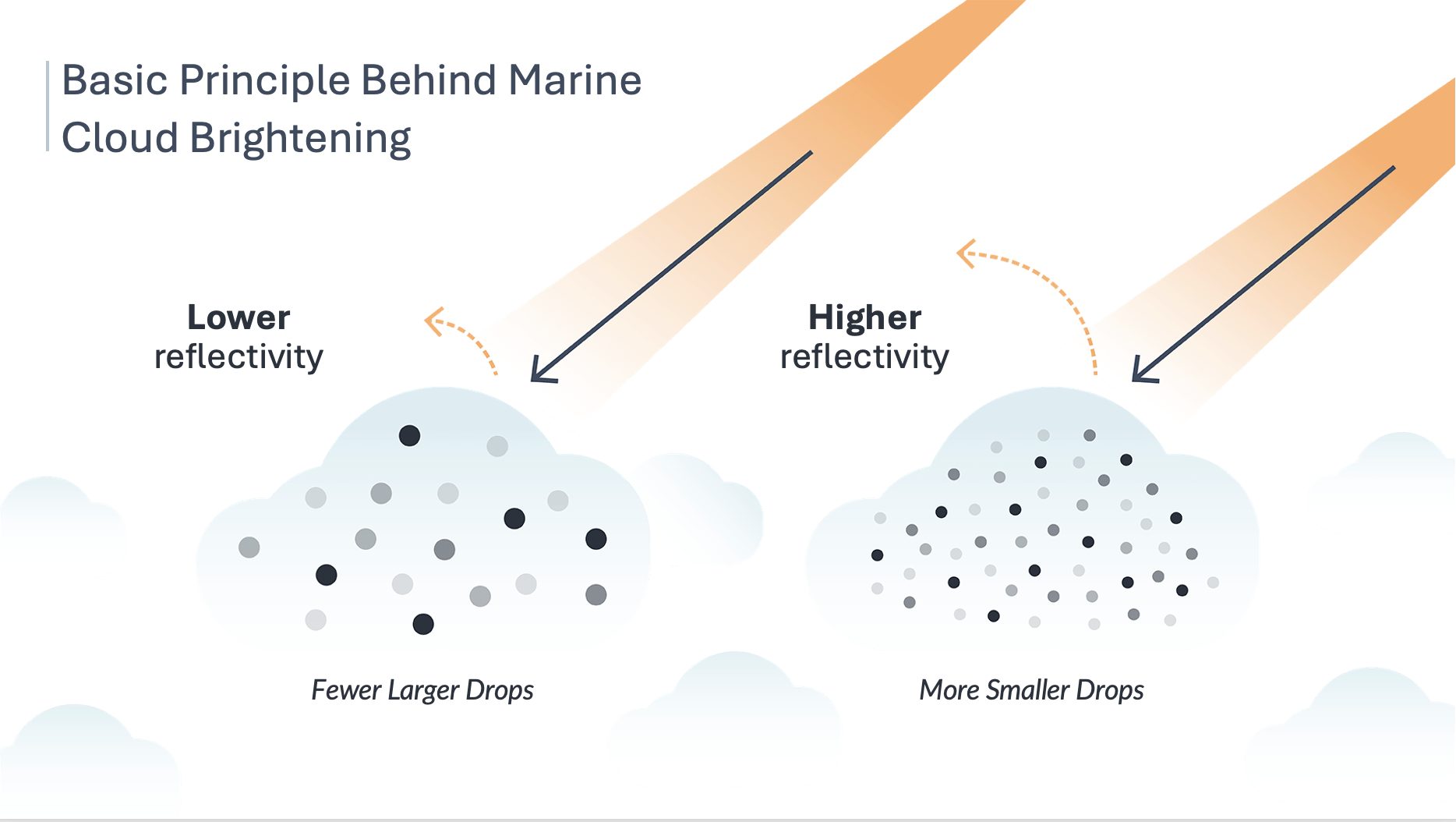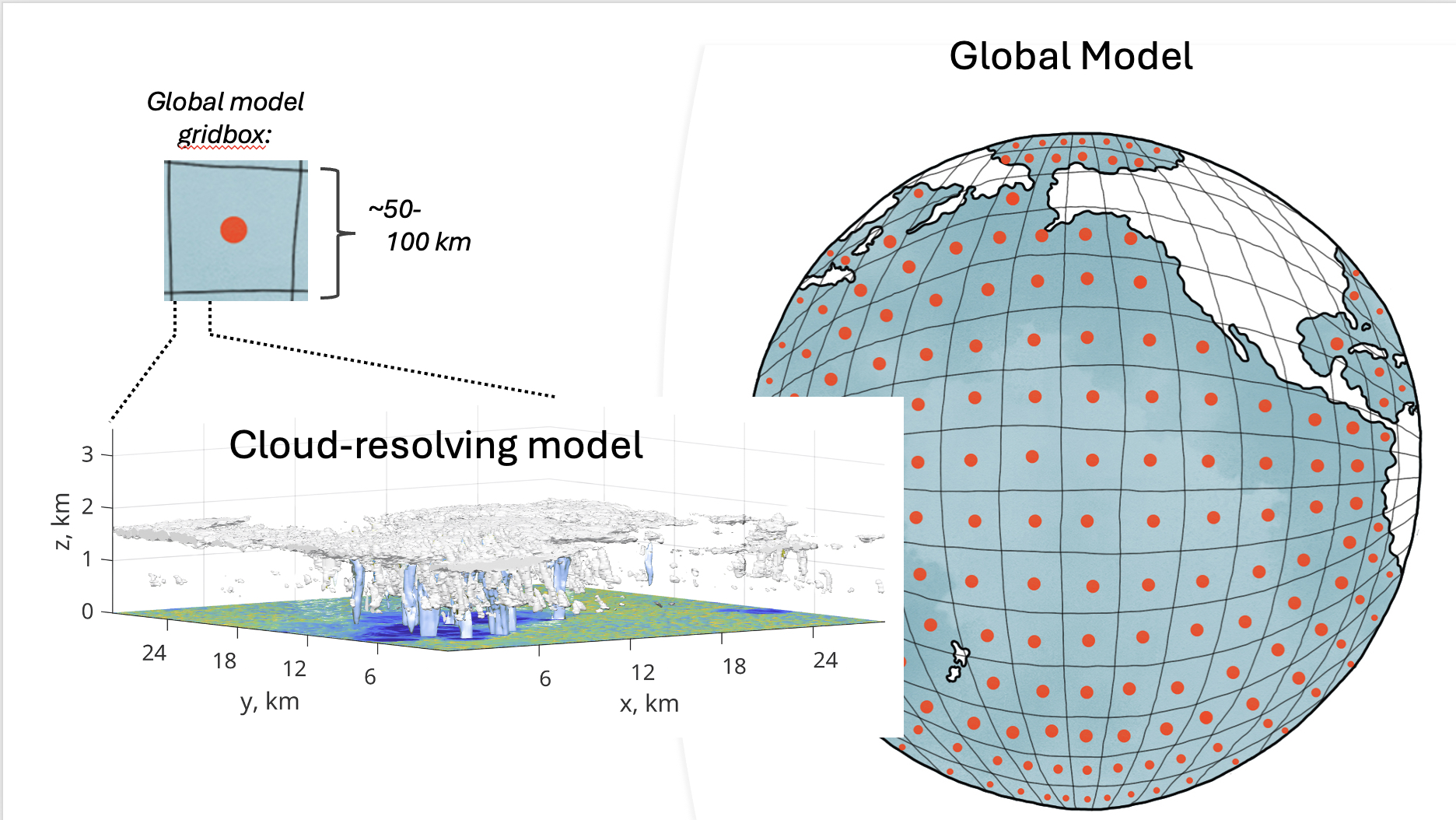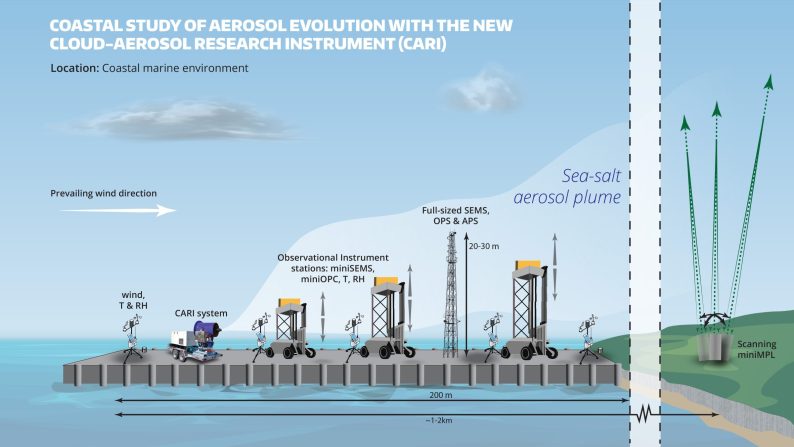Many EU cities are already struggling with environmental degradation, traffic congestion, inadequate urban infrastructure, and a lack of basic services, such as water supply, sanitation, and waste management. The ecological footprints of cities are quite alarming and can threaten the natural resources required to sustain economic development and poverty alleviation rates. Maintaining economic growth, while creating sustainable livable cities for all, is the biggest urban challenge facing Europe, Asia, and the Pacific today.
CCRES is promoting sustainable consumption and production practices across Europe, Asia, and the Pacific to address inefficient resource-use patterns, and cities are the centerpiece where such issues need to be addressed. Since 80 percent of the GDP comes from its urban areas, the quality and efficiency of European, Asian, and Pacific cities will determine the region’s long-term productivity and overall stability. However, inefficiencies, such as unmet demand for urban services (water, energy, and transport), and huge financing requirements hamper economic growth and impede inclusive development, trapping the poor in slums. City pollution—air pollution, ineffective wastewater treatment, and solid waste management—remains a constant problem. EU cities contribute enormously towards the emission of greenhouse gases. They are also highly vulnerable to the consequences of climate change, including flooding, landslides, heat waves, and drought. These urban challenges have very significant impacts on the national economies.
Cities generate over 80 percent of gross domestic product in many countries in Europe, Asia, and the Pacific and are engines of economic growth that have lifted millions from poverty. This economic growth is accelerating rural-to-urban migration. Asia’s cities will become home to another 1.1 billion people in the next two decades as the poor continue to be drawn to better opportunities. Today, approximately 700 million people live in urban slums.
The cities included in this report are those that reinvest the profits obtained from social services and policies into environmental actions to improve the quality of life of their inhabitants and that are taking a long path toward of sustainability.
Oslo
Oslo tops the list of the world’s most sustainable cities because of its efforts to preserve its green spaces – a whopping 47% of Oslo is green. Additionally, the city’s use of mainly renewable energy means it’s on track to achieve almost zero emissions in 2030. Moreover, it places a concerted effort on sustainable plant-based and seasonal foods as well as social and ethical procurement.
Stockholm
Stockholm’s efforts to become more sustainable actually began in the 80s when it started to experience environmental issues like water and air pollution. Today, Stockholm is considered the 2nd most sustainable city because of its expansive public transportation system, community of cyclists, energy efficient buildings, comprehensive waste management system, numerous green spaces, and last but not least, its target to become fossil fuel-free by the end of 2024.
Tokyo
Ranking 3rd overall, Tokyo is considered the most sustainable city in the APAC region. In fact, it’s the only Asian city in the top 25. This is largely in part because of Tokyo’s commitment to the planet and people's sustainability pillars. By 2050, the city seeks to achieve its net-zero carbon goal, and it ranks highly in terms of crime, connectivity, transportation, health, and work-life balance.
Copenhagen
Some of the reasons why Copenhagen tops the list is because of the city’s many sustainability initiatives like achieving carbon neutrality by 2025, transitioning buses from diesel to electric, and devoting more roads to cycling. Moreover, a quarter of Copenhagen’s total food sales is organic and most of its electricity comes from wind and solar energy thanks to the world’s largest cleanest waste-to-energy power plant.
Berlin
Berlin’s many parks, gardens, and trees located throughout the city make it one of the greenest cities in the EU. It aims to become climate neutral by 2045, which seems feasible considering it’s already but its CO2 emissions by a third since 1990.
London
In 2018, London was actually considered the world’s #1 most sustainable city, revealing that since Brexit, the city has declined in terms of the 3Ps. However, the city ranks 6th on the 2022 list because of its sustainability initiatives such as the city’s bike schemes, accessible public transportation network, and improvements to air quality.
Seattle
As the first most sustainable city in the US, Seattle is setting an example of through action. 80% of the city’s power is generated from clean, carbon-free hydroelectricity and it recently implemented the Clean Car Law which requires all vehicles sold to be zero-emission. However, efforts aren’t just planet-focused. Interweave is Seattle’s community-led sustainability accelerator which helps to create an equitable & sustainable economic region as well.
Beyond the top 7, however, there are many examples of cities innovating in unique ways. Cape Town, for example, is comparatively far down the rankings overall but is making strides in facilitating its citizens’ access to information and improving liveability. Santiago, meanwhile, has made significant progress on several green initiatives, reducing the number of days with poor air quality by 70% over the past decade. Measures taken by the Chilean capital include converting 30% of its bus fleet to electric.
Elsewhere, Melbourne, Australia is leading the way in biophilic urban design – integrating nature into the fabric of the city. Examples include the Data in the Park initiative, where interactions and behaviors in public spaces are analyzed to help improve green spaces' management, maintenance, and design. Cities are home to a growing majority of the world’s population, and so ensuring they thrive as sustainable, inclusive, and liveable hubs is an ongoing challenge. While each city will have its own path to improvement, many best practices can be identified. These include - prioritizing innovation to address changes, dealing with economic problems such as inflation and rising energy costs, finding a balance between economic growth, social justice, and sustainability, and in the end learning from each other.





